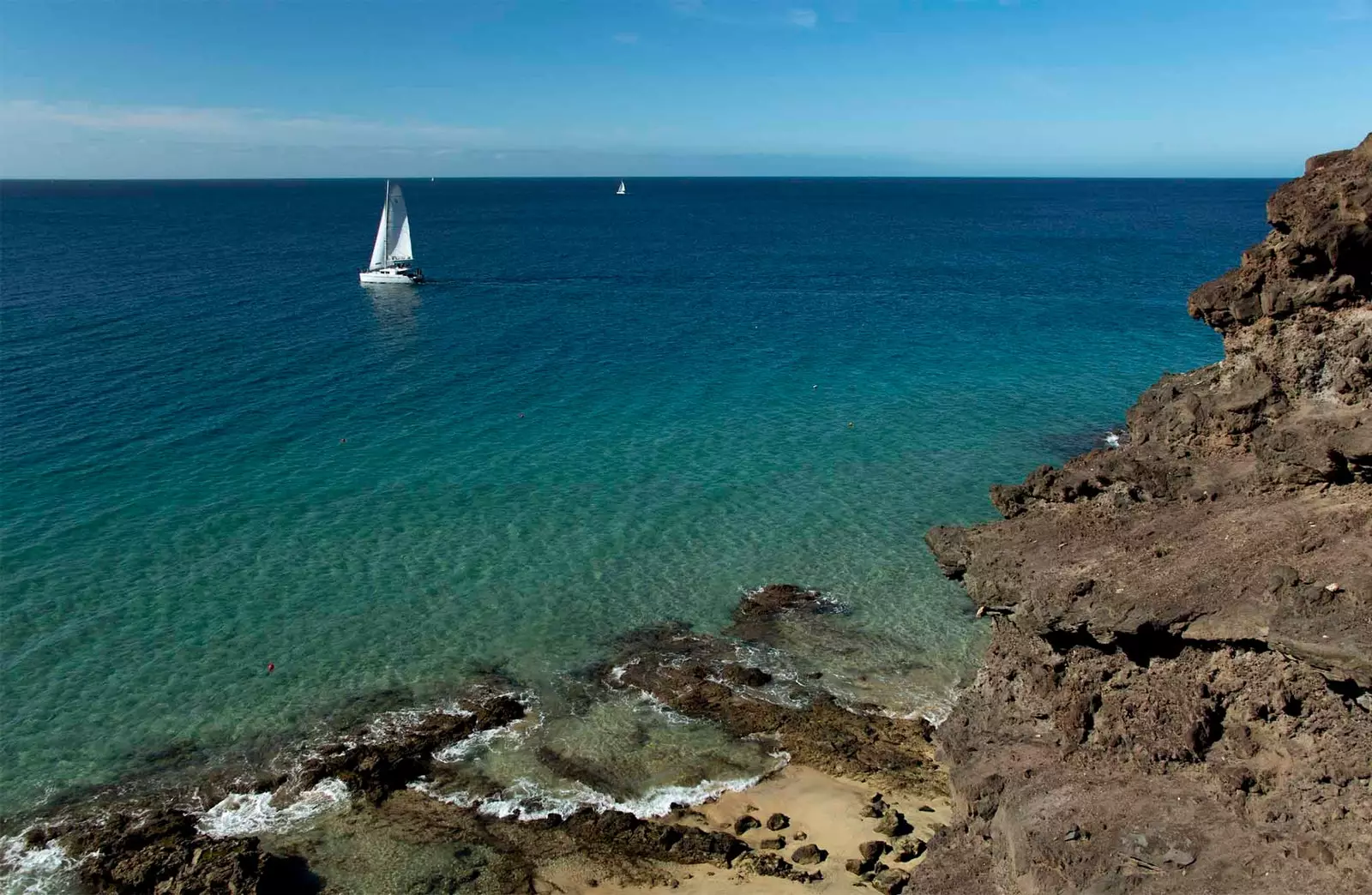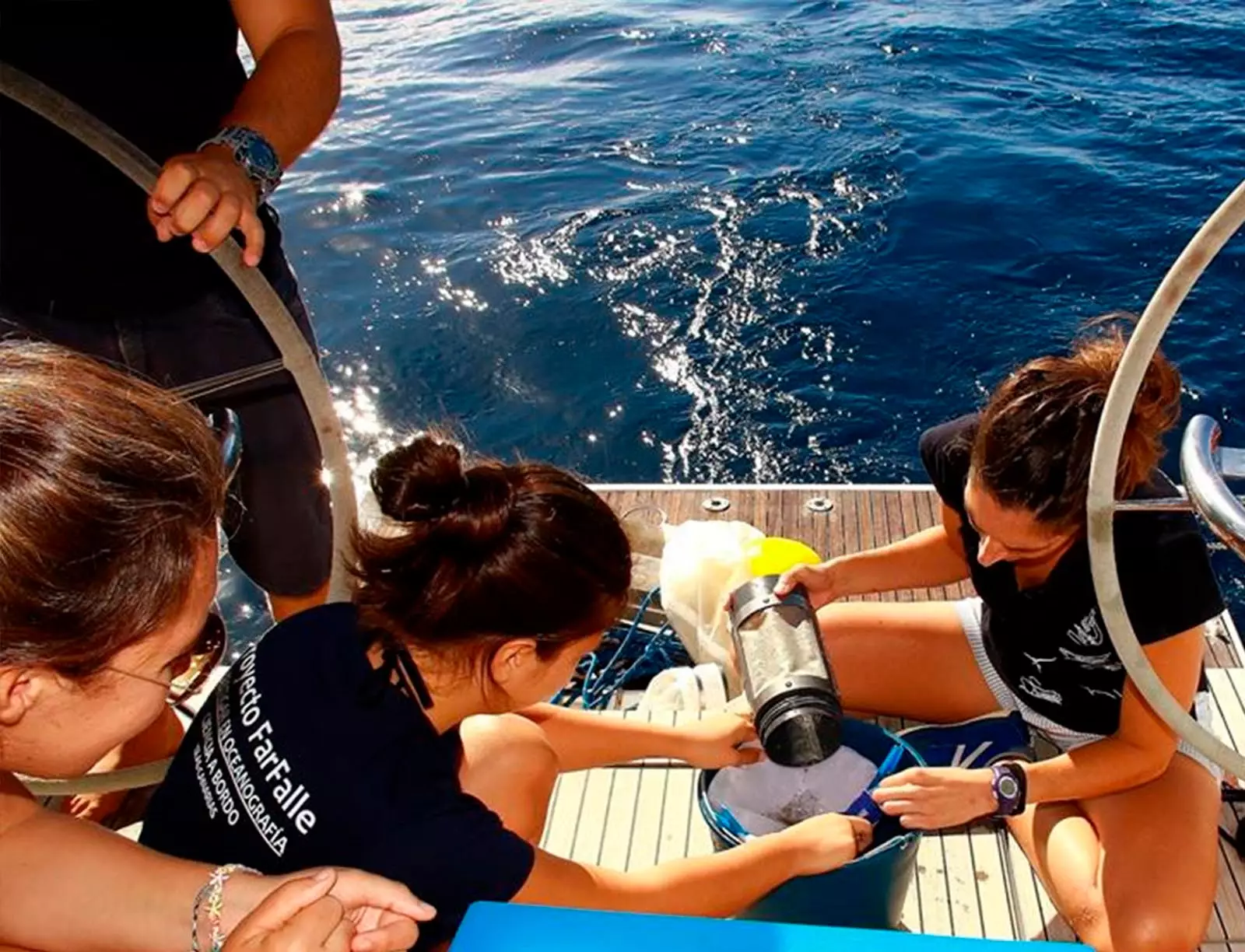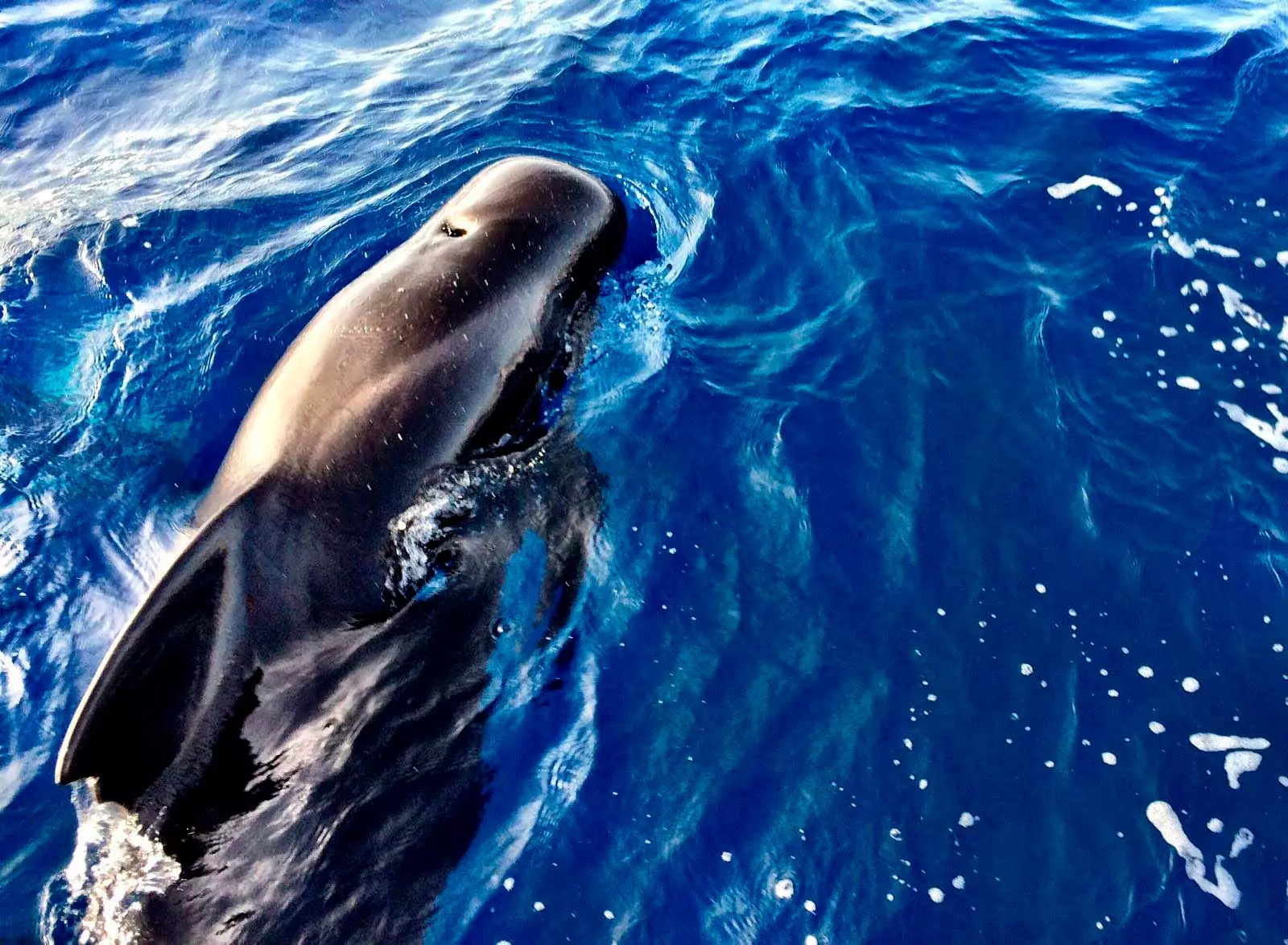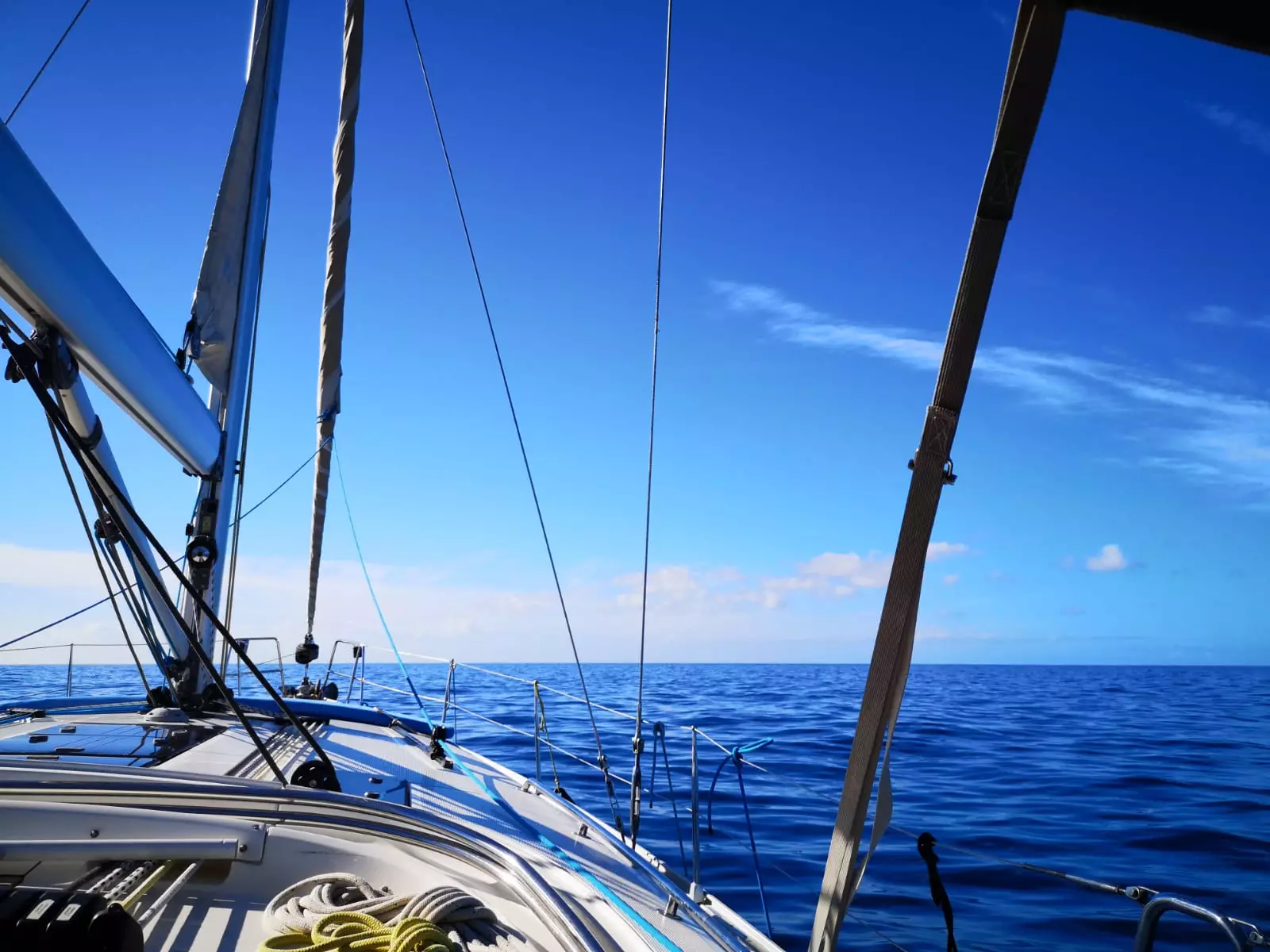
A walk with views and objective
More than eight million tons of plastic enter the oceans each year - the equivalent of one garbage truck per minute - and it is expected that by 2050 there will be more plastic in the seas than fish . Faced with this dangerous panorama, there are many who have set to work to try to reverse the trend, through systems that clean garbage from the oceans and even more indirectly, opening plastic-free stores or by banning these materials altogether, as has happened on the island of Capri .
Now, in the Canary Islands, a new proposal has been launched by the oceanographer Carmen Melendez, Far Falle Project , with the aim of offering group trips of up to eight people on the high seas, to raise awareness and show travelers the importance of conserving the marine world . “Based on the paradisiacal Canary Islands, more specifically, on Los Gigantes de Tenerife Cliffs, FarFalle Project proposes a pleasant sailboat tour in a natural aquarium with spectacular views and at the same time aims to encourage critical thinking among participants towards actions that cause the degradation of the sea in order to change customs and habits”, they explain from the organization.
During this tour, the problem of microplastics is delved into by taking samples from the surface and from the seabed, which are analyzed in the on-board laboratory. Also, an activity of snorkeling at the popular Masca beach and follow-up of sea mammals of the area, studying its behavior and activity patterns, as well as recording its acoustic activity with an onboard hydrophone.

The collected samples are analyzed in the on-board laboratory
“ The Canary Islands are a unique place in the world ”, explains Meléndez to Traveler.es. “They have the highest cetacean biodiversity in Europe , being able to find both species from warm-temperate environments (the most numerous) and from more northern latitudes”. This happens, according to Meléndez, due to the special conditions that exist in the area, among which the presence of the Northwest African Outcrop , that is, the action of the trade winds that blow parallel to this coast for a large part of the year. These cause the mass of water to be transported towards the ocean, giving rise to deep, cold and nutrient-rich waters, taking their place.
The expert also informs us that, of the 89 species of cetaceans described on the planet, there are records of 30 in Canary waters . Thus, during the outings offered by the FarFalle Project, resident species of pilot whale (Globicephala macrorhynchus) and bottlenose dolphin (Tursiops truncatus) throughout the year, and often also spotted dolphins, common dolphins, whales, beaked whales or sperm whales.

From the boat you can spot cetaceans
ECOLOGICAL WALKS
Since tourism is a fairly polluting activity, it is legitimate to ask whether an outing of this type will not destroy rather than contribute to the development of aquatic life. We asked Meléndez: “For me, launching this project has been and is a challenge from a non-invasive perspective , with innovative approaches, minimizing the impact on the marine environment. First, I have carefully evaluated my objectives based on experience and knowledge of the fragility of the marine environment, carrying out a global analysis of the service I offer: type of vessel, compliance with current regulations, structure, components, cleaning products, materials, qualification personnel, speed, course and place. Second, every day the availability of marine resources is checked, deciding all actions with responsibility and caution in order to minimize any risk. And third, this activity is developed to bring oceanographic research closer to the participants, emphasizing the rules of behavior towards the ocean. Knowledge and education are shared among all, debate is created and conclusions and commitments are reached to continue acting day by day ”, she states.
In fact, the oceanographer tells us that the project has been developing since 2009 with each of the academic and professional experiences that she has acquired. In October last year, it was decided to launch it in the form of two research and leisure tours lasting three and six hours, departing from The Giants -declared a Special Conservation Area-, aboard the sailboat SW de Tenerife.
The first of the walks costs 90 euros per person, and the second, 150, and 70% of each of these amounts goes to research. In addition, all the samples processed in the framework's laboratory are destined for the Microtrophic Project of the University of Las Palmas de Gran Canaria , which studies marine microplastics and their incorporation into food webs on islands. Likewise, Proyecto FarFalle has also been offering oceanographic dissemination talks since its foundation on the islands of El Hierro, La Gomera, Tenerife and Las Palmas.

70% of the proceeds go to oceanographic projects
